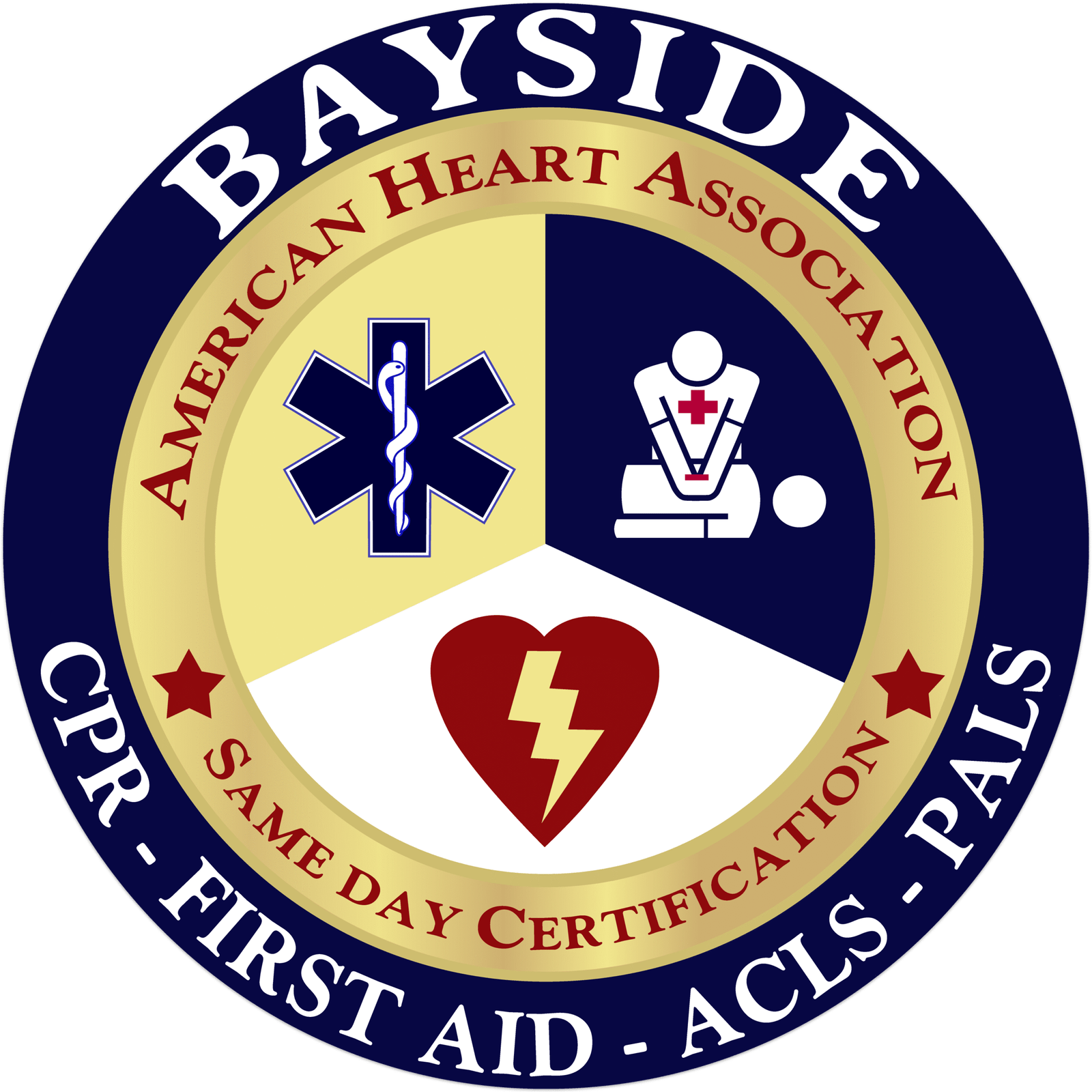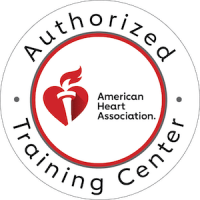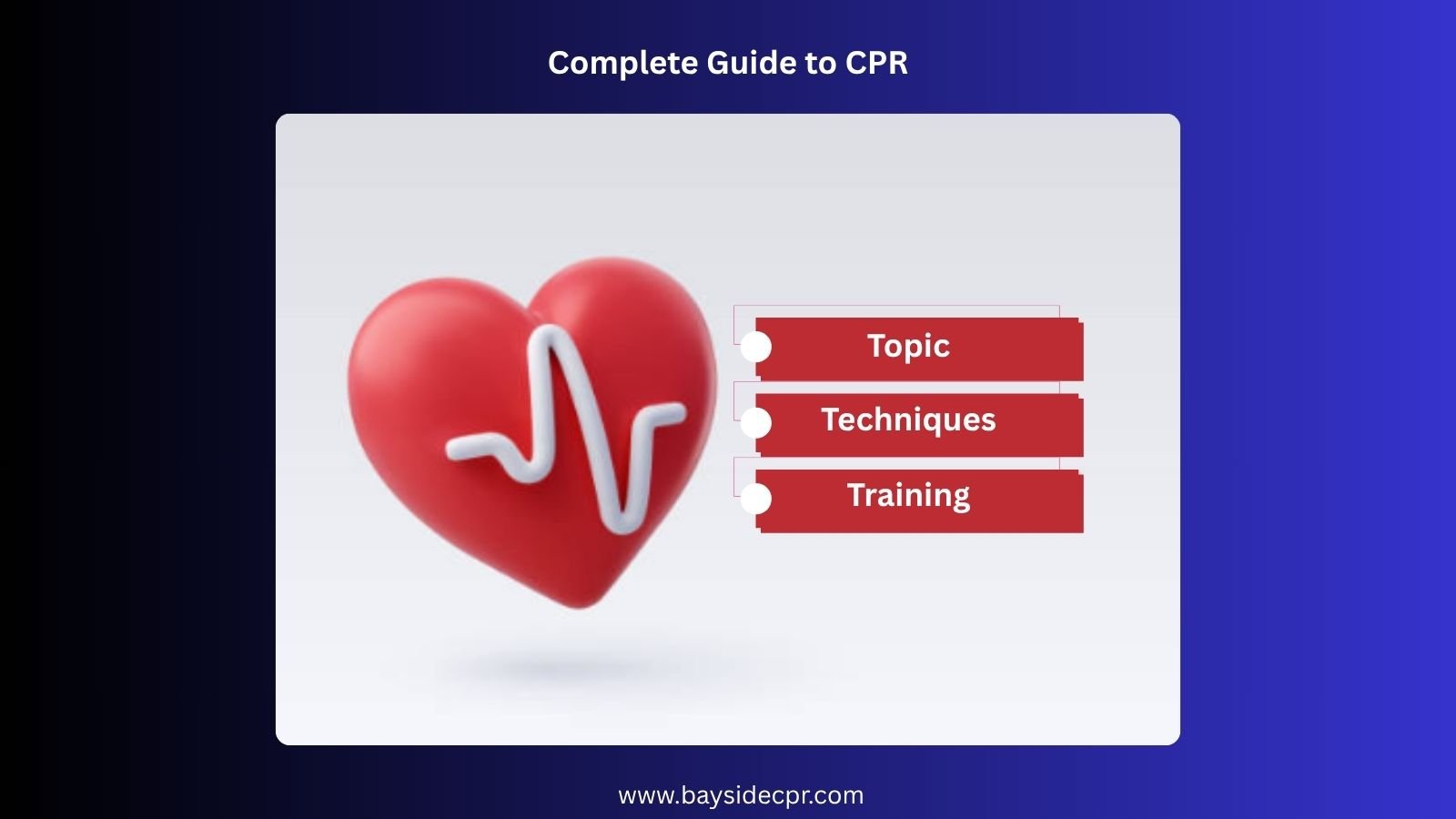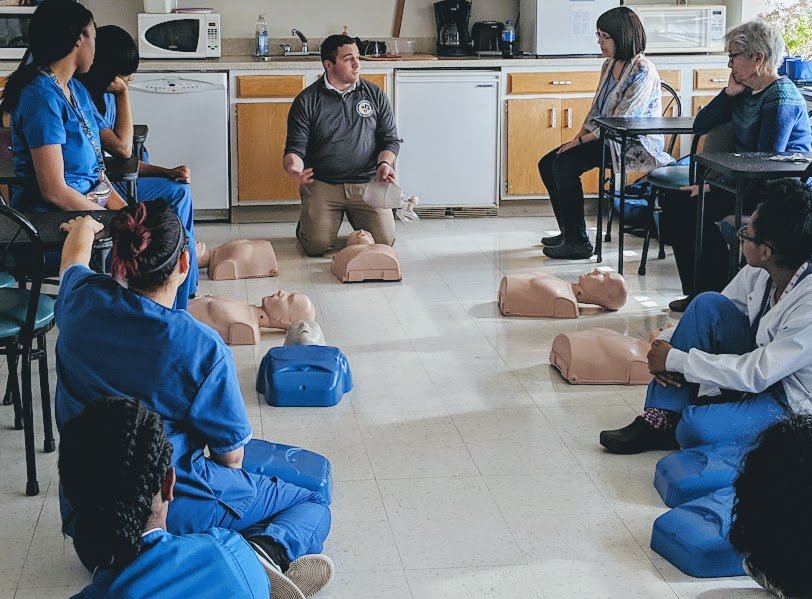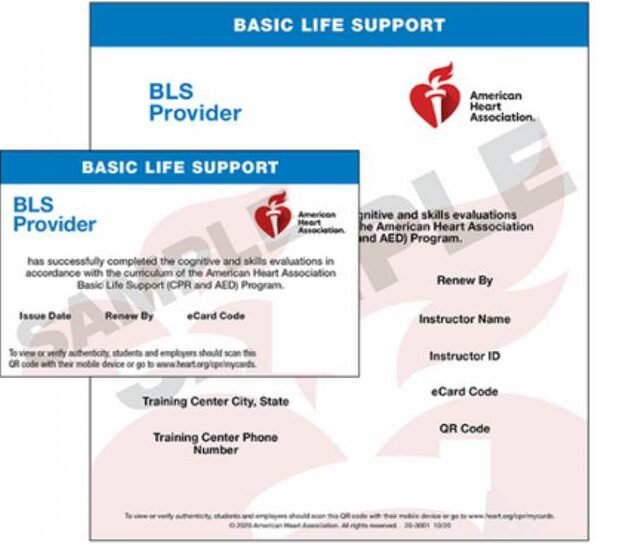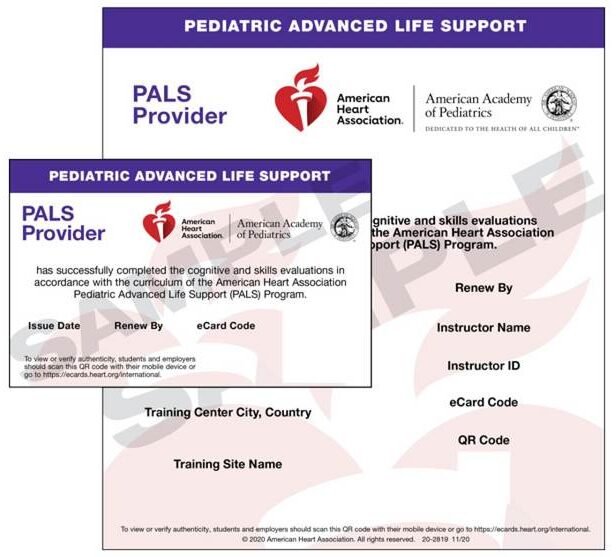Complete guide to CPR, where you will discover everything you need to know about this life-saving skill. CPR, or cardiopulmonary resuscitation, is a crucial emergency procedure that can make the difference between life and death. In this guide, we will explore different types of CPR, when and how to perform it, and the key differences for adults and infants. You’ll also learn common myths, mistakes to avoid, and the importance of regular training to stay prepared. Whether you’re aiming to get certified, improve your skills, or simply understand how to respond in an emergency, this guide provides clear, practical information to help you act confidently when it matters most.
1. Understanding CPR
CPR is a vital emergency procedure designed to help someone whose heart has stopped beating or who is not breathing. The primary goal of CPR is to keep blood and oxygen flowing to the brain and other vital organs until professional medical help arrives. It involves a combination of chest compressions and rescue breaths, which work together to manually support circulation and breathing. Learning how CPR works and why it’s so important can equip you with the confidence to act quickly in critical situations, potentially saving a life. Understanding the basics of CPR is the first step toward becoming a capable responder and making a real difference in emergencies.
2. Types of CPR
When it comes to saving a life, understanding the different types of CPR can make all the difference. Each method is suited for specific situations and requires different skills. Let’s explore the two main types of CPR you should know about.
2a. Hands-Only CPR
Hands-Only CPR is simple and effective. It involves pushing hard and fast on the chest without giving rescue breaths. This method is easy to learn and is recommended for bystanders who notice someone suddenly collapsing. It keeps blood flowing until professional help arrives.
2b. Traditional CPR
Traditional CPR combines chest compressions with rescue breaths. It fills the lungs with air to supply oxygen to the blood, which is crucial for victims of cardiac arrest or drowning. This method requires more training but provides comprehensive aid during an emergency. Know More About: Hands-Only CPR & Traditional CPR
3. When Is CPR Needed?
Knowing when to perform CPR can make all the difference in an emergency. People often hesitate because they’re unsure whether the situation calls for it. In reality, CPR is needed whenever someone shows signs of a cardiac arrest or stops breathing unexpectedly. If a person suddenly collapses, isn’t responsive, or isn’t breathing normally, you need to act quickly and start CPR right away. Prompt intervention helps keep oxygen-rich blood flowing to the brain and vital organs until professional help arrives. Recognizing the right moments to perform CPR can save lives and give someone the best chance at recovery.
4. Key Differences Between Infant, Child & Adult CPR
Do you know that performing CPR requires understanding different techniques for various age groups? Adults have larger bodies, so the compressions need to be about 2 inches deep and performed at a rate of 100 to 120 compressions per minute. For infants, who are tiny and fragile, compressions should be gentler and about 1.5 inches deep, often using two fingers or two thumbs. Children, generally between the ages of 1 and puberty, require compressions about 2 inches deep, similar to adults, but with adjusted force for their smaller size.
The main goal is to ensure adequate blood flow without causing injury. Additionally, rescue breaths are incorporated differently: in infants and children, rescue breaths are more emphasized, and the technique varies depending on their age. To better understand these variations, check out the key differences between infant, child & adult CPR to act confidently and appropriately in an emergency.
5. Performing CPR with an Advanced Airway
Performing CPR with an advanced airway changes how you help a person in distress. Once an advanced airway is in place, you no longer need to give rescue breaths. Instead, focus on delivering high-quality chest compressions continuously, maintaining a steady rate and depth. The advanced airway ensures the person’s airway remains open, allowing oxygen to flow freely. This allows you to concentrate on compressions without interruption, providing vital oxygen to the brain and organs. To understand more about this adjustment, see how CPR is performed differently when an advanced airway is in place. It’s a more advanced skill but crucial for trained responders in professional settings or emergencies involving medical equipment.
6. Common Myths & Facts About CPR
There are many myths surrounding CPR that can cause confusion or hesitation in an emergency. Some people believe you need to be a medical professional to perform CPR, but anyone can save a life with basic knowledge. Others think you might hurt the person, but in fact, doing CPR can save lives, and damage is rare if done properly. It’s also commonly believed that you should stop CPR once help arrives or the person shows signs of life, but it’s important to continue until professionals take over or it’s unsafe to proceed. Clearing up these myths provides clarity and helps more bystanders feel confident to step in and provide crucial assistance when it’s needed most. To learn more, check out debunking common myths about CPR.
7. Common Mistakes to Avoid in CPR
Performing CPR correctly can significantly increase the chances of saving a life, but even well-intentioned rescuers can make mistakes. One common error is pressing too softly or too slowly, which doesn’t generate enough blood flow. Another mistake is delivering rescue breaths too forcefully or too quickly, which can cause harm or gastric inflation. Interrupting chest compressions unnecessarily or taking too long between pushes also reduces effectiveness. Additionally, checking for responsiveness or breathing too frequently can delay essential compressions. To ensure you avoid these common pitfalls, review our common mistakes to avoid in CPR and stay confident in your skills during an emergency.
8. CPR Training and Emergency Preparedness
Being prepared for an emergency can make all the difference when every second counts. CPR training and emergency preparedness give you the skills and confidence to step in and help save a life during cardiac arrest, choking, or other sudden emergencies. You’ll learn how to stay calm, take action quickly, and use essential techniques that truly matter in critical situations. Whether at home, at work, or in public, knowing what to do helps protect your loved ones and your community.
9. The Importance Of Regular CPR Training
CPR saves lives, but only when it’s done correctly, and that’s where regular training makes all the difference. Skills can fade quickly, especially if you don’t use them often. By staying up to date through regular practice, you keep your confidence and technique sharp, so you’re ready to act in an emergency. Whether you’re a healthcare worker, a teacher, a parent, or just someone who wants to help, refreshing your skills regularly ensures you’re prepared to make a real difference. Learn more about the importance of regular CPR training and why it matters for everyone.
10. Are you preparing for your CPR certification exam?
If you’re aiming to become someone who can make a real difference in an emergency, preparation is key. Are you getting ready to take your CPR certification exam? Whether it’s your first time or you’re renewing your certification, staying focused and confident can make all the difference.
Understanding the steps, practicing the skills, and keeping a calm mindset will help you succeed. Using the right study tools, like our CPR Practice Test (25 questions and answers), along with hands-on practice, will ensure you’re ready to pass the test and, more importantly, be ready to step up and save a life when it matters most.
11. Careers That Require CPR Certification
Plenty of careers need CPR certification, and it’s not just doctors and nurses. If you’re a teacher, coach, lifeguard, childcare provider, or even a flight attendant, knowing how to perform CPR could be part of your job. Many employers want you to be ready for emergencies, especially when you work with kids, the elderly, or the public. It shows you’re prepared to act fast and potentially save a life. Plus, having CPR certification can boost your resume and open up more opportunities in healthcare, education, fitness, and public safety.
Your Next Step: Apply Theoretical CPR Knowledge Into Practice
In short, this complete CPR guide aims to leave you feeling confident and informed. CPR isn’t just for healthcare professionals; it’s a skill anyone can learn to save a life. From recognizing when to act, to understanding age-specific techniques, to clearing up common myths and avoiding mistakes, you now have a solid foundation. Remember, practice sharpens your skills, and staying current with training can truly make all the difference in an emergency. Keep learning, stay prepared, and don’t hesitate to step in when someone needs you most. Ready to take the next step? Bayside CPR offers CPR & First Aid, ACLS, PALS, and BLS training to help you stay certified and confident.
